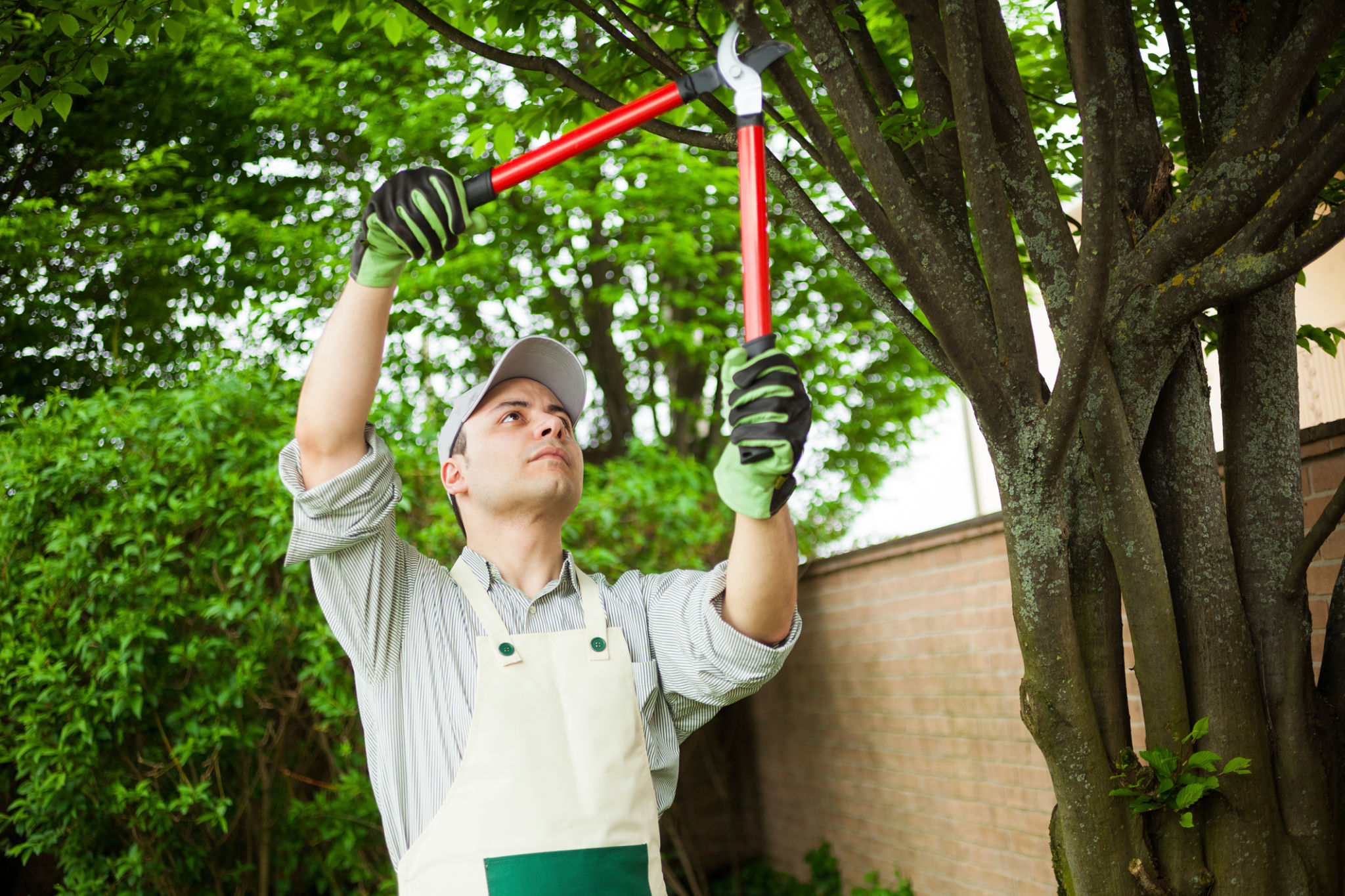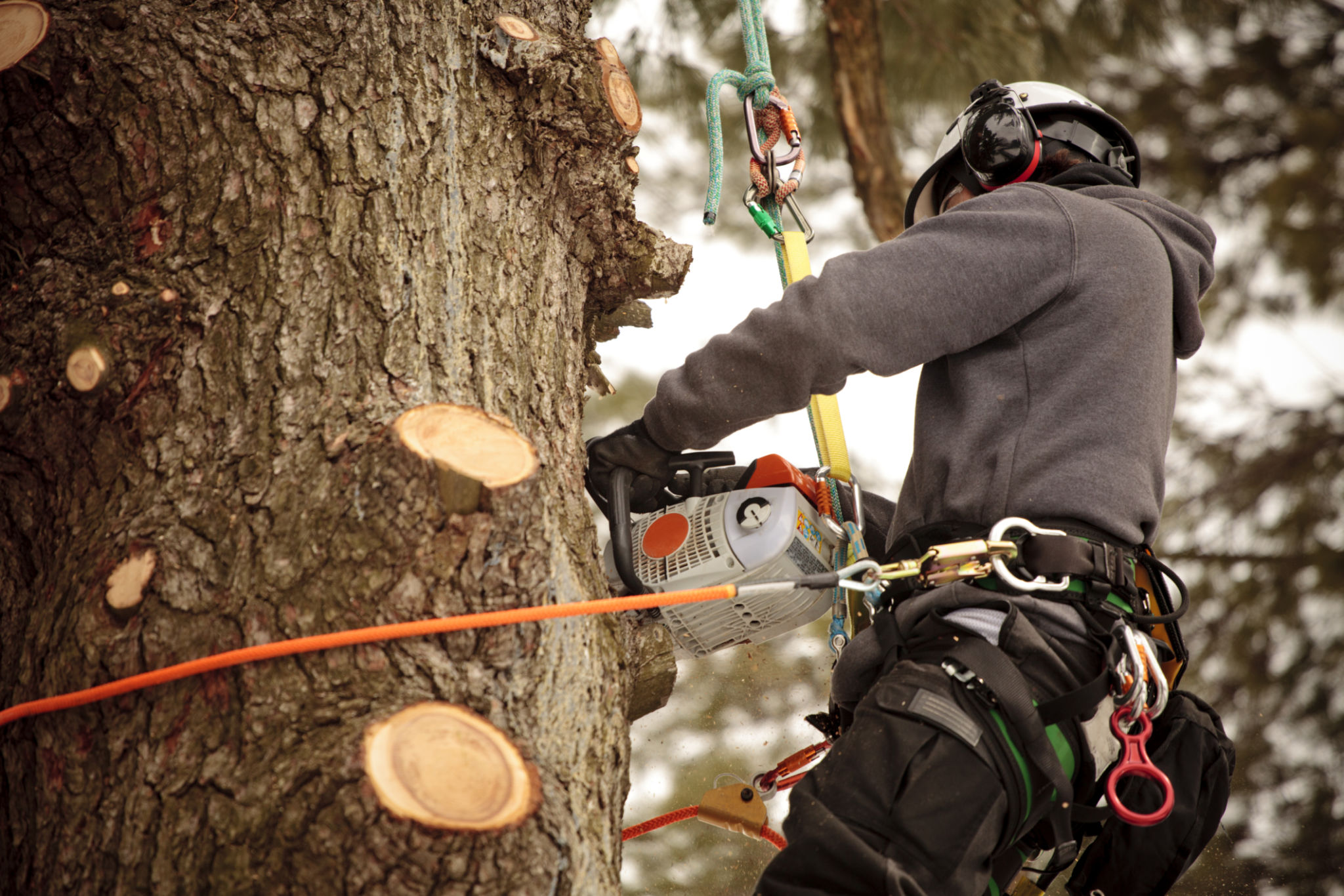DIY Tree Trimming Tips for Johnston County Homeowners
Why Trim Your Trees?
Tree trimming is not just about keeping your yard aesthetically pleasing; it's also essential for the health and safety of your trees and property. Proper trimming can prevent branches from falling during storms, reduce disease spread, and encourage healthy growth. For homeowners in Johnston County, understanding how to effectively trim trees can save time and money while enhancing the beauty of your landscape.
Regular tree maintenance can extend the life of your trees and improve their overall health. By removing dead or diseased branches, you allow more sunlight and air circulation to reach the remaining foliage. This practice not only boosts the tree's health but also contributes to a more vibrant and lush yard.

Essential Tools for Tree Trimming
Before you start trimming, ensure you have the right tools on hand. Having the proper equipment makes the task safer and more efficient. Here’s a list of essential tools for tree trimming:
- Pruning Shears: Ideal for cutting small branches and twigs.
- Loppers: Great for thicker branches up to 2 inches in diameter.
- Pruning Saw: Used for larger branches that are too thick for loppers.
- Pole Pruner: Enables you to reach higher branches without a ladder.
- Ladder: Choose a stable, sturdy ladder for reaching higher areas safely.
Always ensure your tools are clean and sharp before use. Sharp tools make cleaner cuts, which are better for the tree’s health, while clean tools help prevent the spread of disease.
When to Trim Your Trees
The timing of tree trimming is crucial for the best results. For most trees, late winter or early spring is the ideal time to trim. During this period, trees are dormant, which minimizes stress and reduces the risk of disease or pest infestation. However, some species may have specific needs, so it's important to research the types of trees you have in your yard.

In general, avoid trimming during the late summer or fall, as this can stimulate new growth that may not harden before winter sets in. Additionally, be mindful of any local guidelines or restrictions that may apply to tree trimming in Johnston County.
Best Practices for Safe Tree Trimming
Safety should always be a priority when trimming trees. Here are some best practices to follow:
- Wear appropriate safety gear: This includes gloves, safety goggles, and a hard hat if necessary.
- Avoid cutting too close to power lines: If branches are near power lines, contact professionals for assistance.
- Be aware of your surroundings: Make sure there are no people or pets nearby when branches fall.
If you're ever unsure about a specific task or feel unsafe, it's best to contact a professional arborist. They have the expertise and equipment to handle complex trimming tasks safely.

Understanding Tree Growth Patterns
Different trees have different growth patterns, which should influence how you approach trimming. Understanding your tree's natural shape can help you make cuts that encourage healthy growth and maintain its intended form. For example, some trees naturally grow wide and require shaping to prevent them from becoming too dense.
Focus on removing crossing branches, water sprouts, and any branches growing towards the center of the tree. This will help maintain a strong structure and promote a healthier canopy.
Conclusion
DIY tree trimming can be a rewarding task that improves the health and appearance of your yard. By following these tips and using the right tools, Johnston County homeowners can keep their trees in top shape while ensuring safety and efficiency. Remember, when in doubt, seek professional advice to ensure your trees receive the best care possible.
